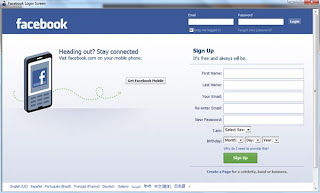- Cyber language is a language of the Net.
- Cyber language, a term not yet recorded in traditional dictionaries, is encountered by a majority of people daily in media and regularly in the workplace.
- Cyber Language or Internet slang (Internet short-hand, net speak or chatspeak) refers to a variety of everyday languages used by different communities on the Internet. It is difficult to provide a standardized definition of Internet slang due to the constant changes made to its nature.However, it can be understood to be a type of slang that Internet users have popularized, and in many cases, have coined. Such terms often originate with the purpose of saving keystrokes. Many people use the same abbreviations in instant messaging and social networking websites.
Examples of Cyber play: Variations on abbreviations, emotions, and smiley
 |
| ACRONYMS :) |
What Does Cyber Language do?
Advantages and disadvantages of using Cyber Language
B E N E F I T S
Cyber Language helps users develop and maintain relationships, whether business or personal. It also helps keep group conversations constructive and friendly. Everything on line that can be traced to you through a search engine is part of what's known as your "on line footprint." Using cyber language helps you make sure your on line footprint reflects well on you.
EFFECTS
The effects of cyber language depend on where you use it. If you are using cyber language at work, you are safely maintaining your business relationships. If you are applying cyber language when talking to friends or acquaintances, you are being courteous enough to proofread your words and not forward spam. If you are using cyber language to increase your web presence, you are building a positive reputation for yourself.















